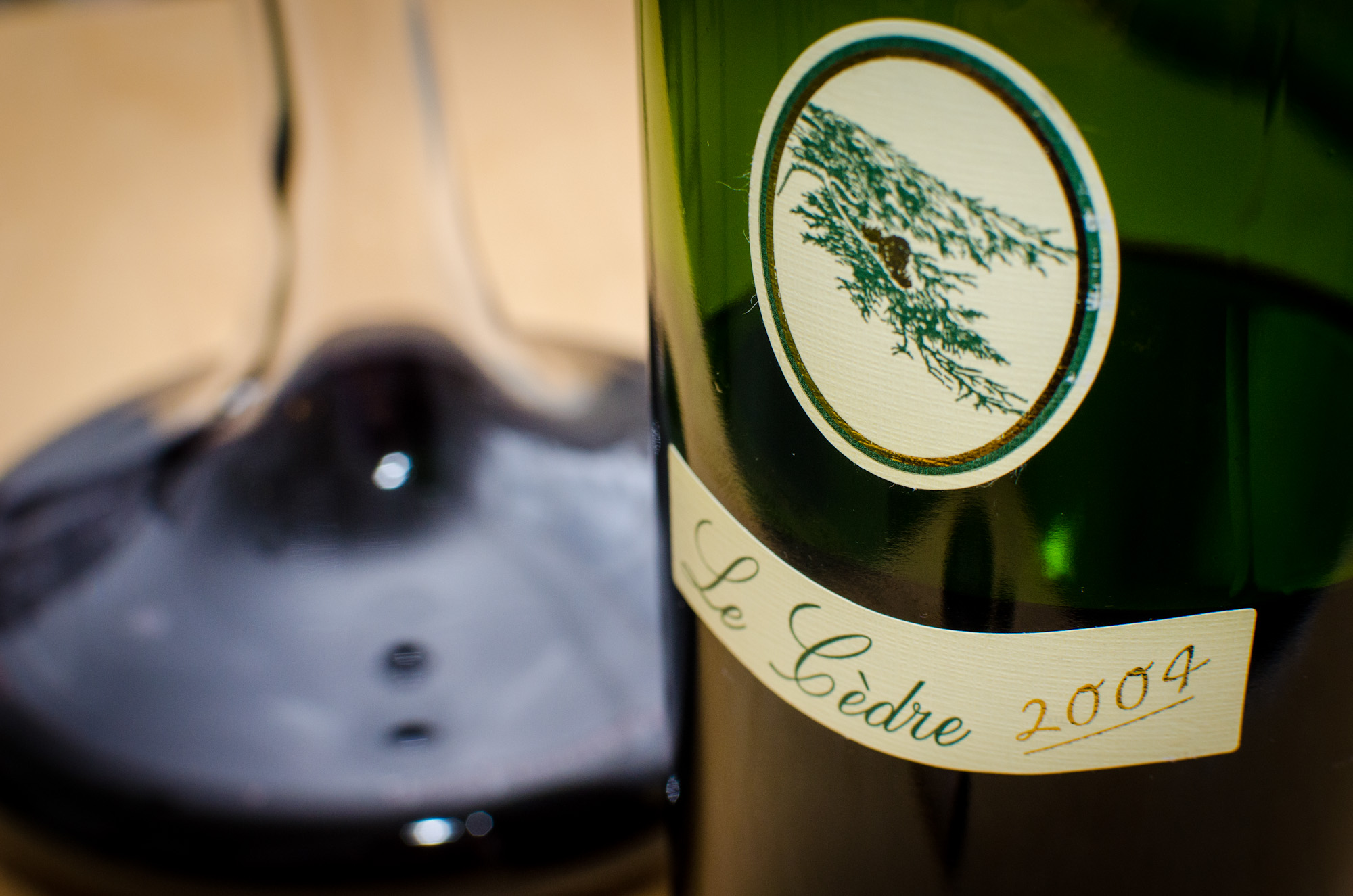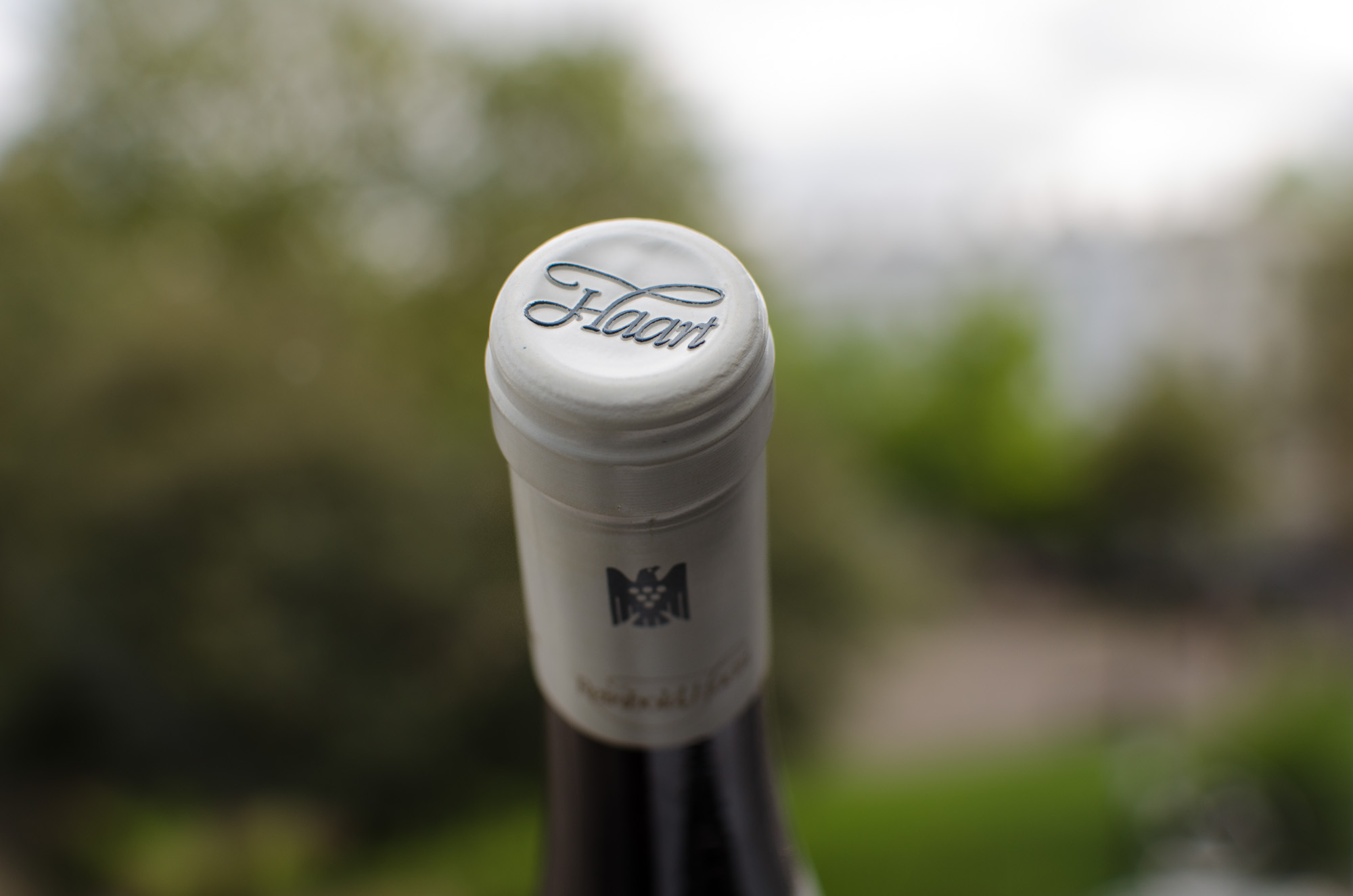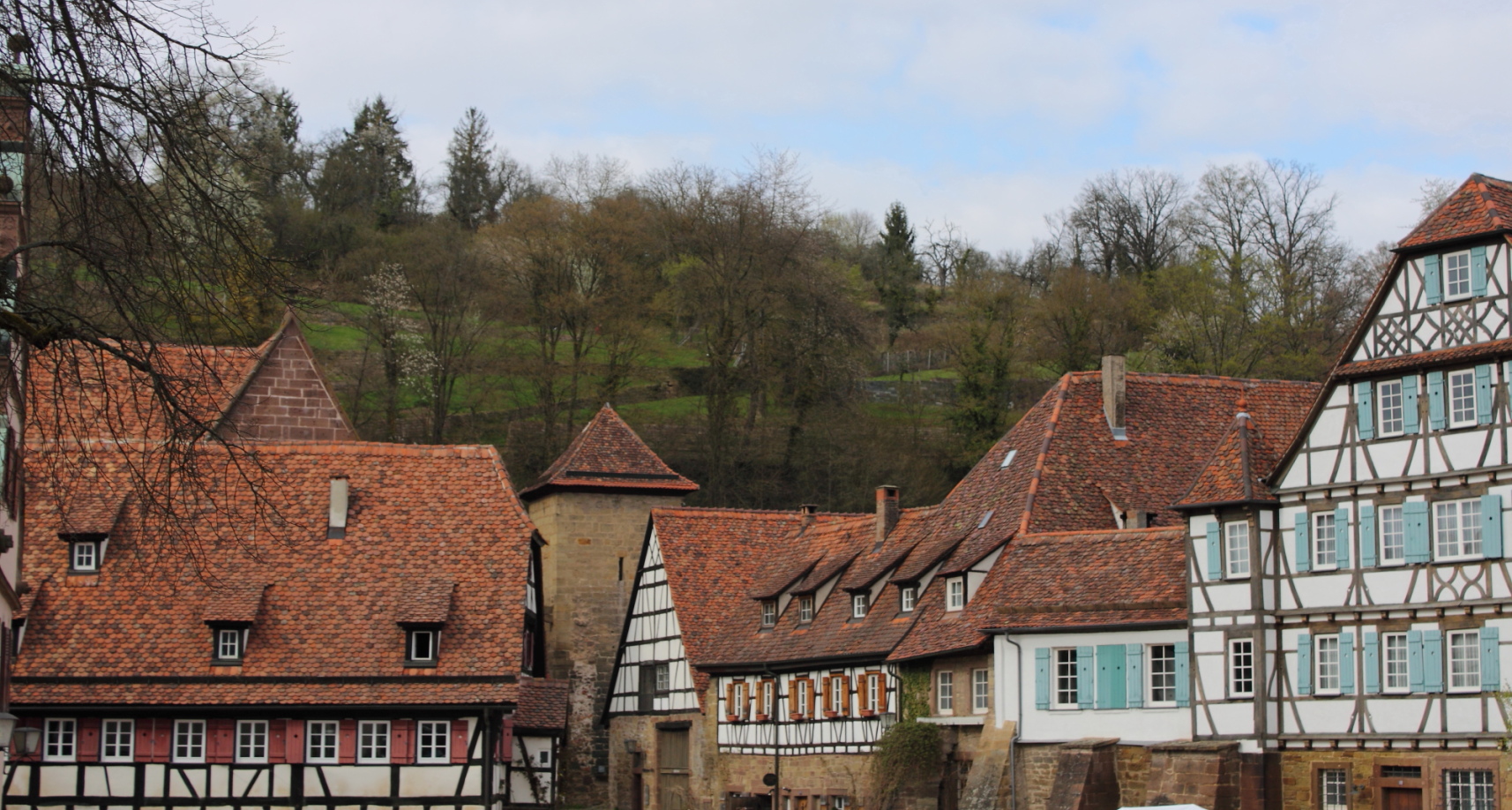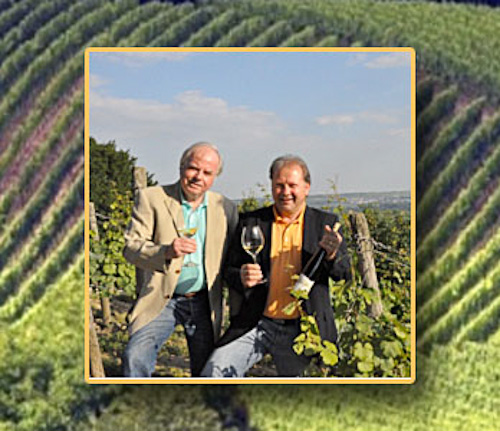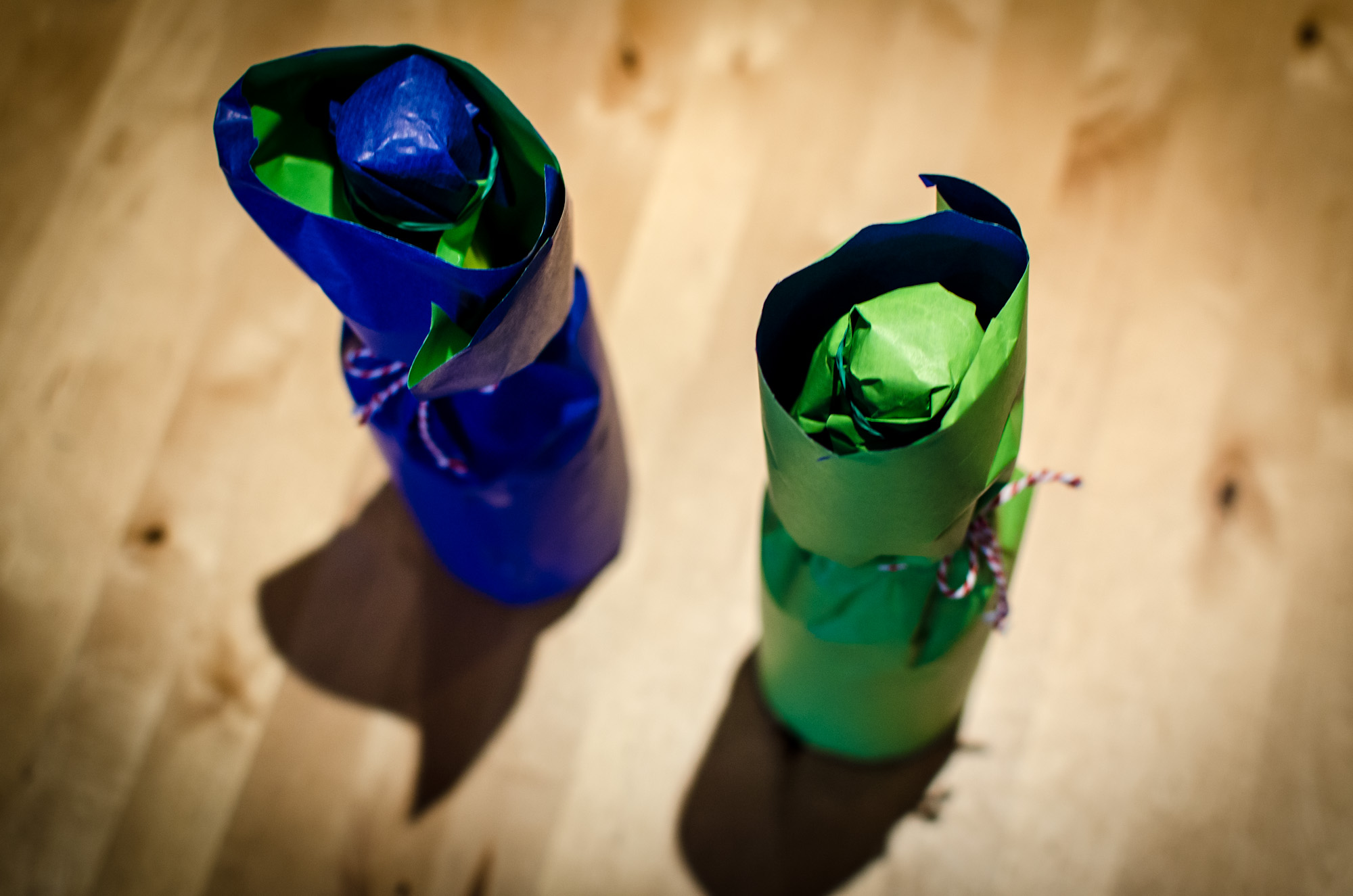Elite, which Elite? Wines and Winemakers at Dallmayr's Spring Wine Tasting
When, every spring, Munich's premier delicatessen store announces an evening of elite wines (and snacks), who am I not to get in line, this time very pleased to be accompanied by Wine Rambler tasting associates Benita and Conny (the latter also photographer for this piece). In last year's report, we walked you through the different wineries' collections in some detail, but I also threatened that I would have a few more general thoughts on the concept of Winzerelite (elite of the winemakers) that Dallmayr has adopted. Why does this make me so deeply uneasy, when it seems so straightforward: The elite is formed by the very best, and who the best are can be established in regular tastings, by journalists, fine wine merchants, and wine guides. Together, they form an elite of sorts, as would athletes, or writers, or scientist or musicians.
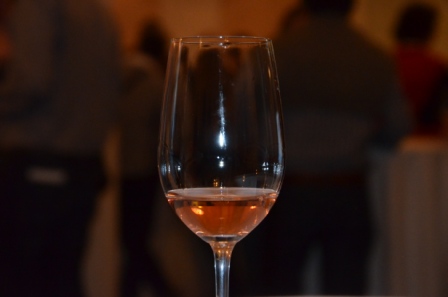
The great German social theorist Niklas Luhmann famously proposed that we organize our world in systems, such as love, business, political power and jurisdiction. When they get mixed up, when we try to buy love, or put pressure on a judge, or bribe a politician, our social world is bent out of shape and balance. And here's the problem: Invariably, they get mixed up. So it goes with the idea of an elite.

